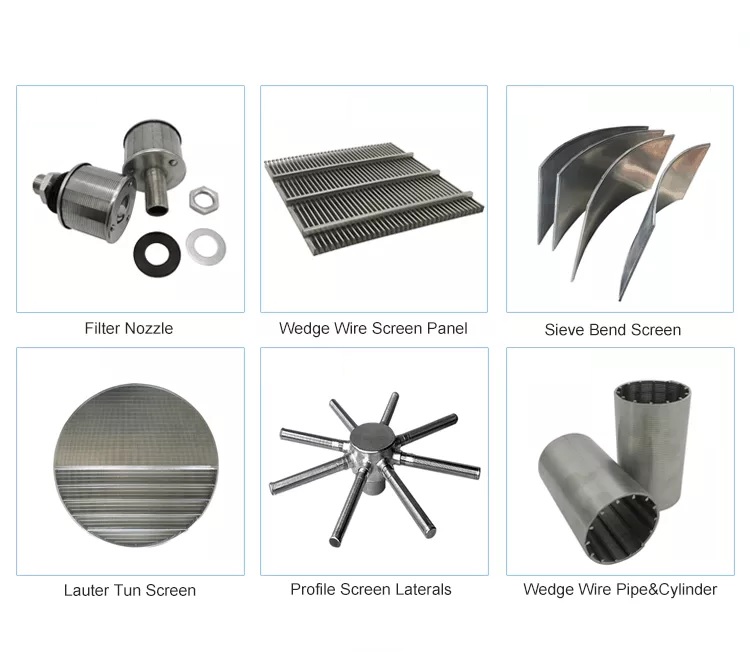FAQ
Instructions for replacing RO membrane
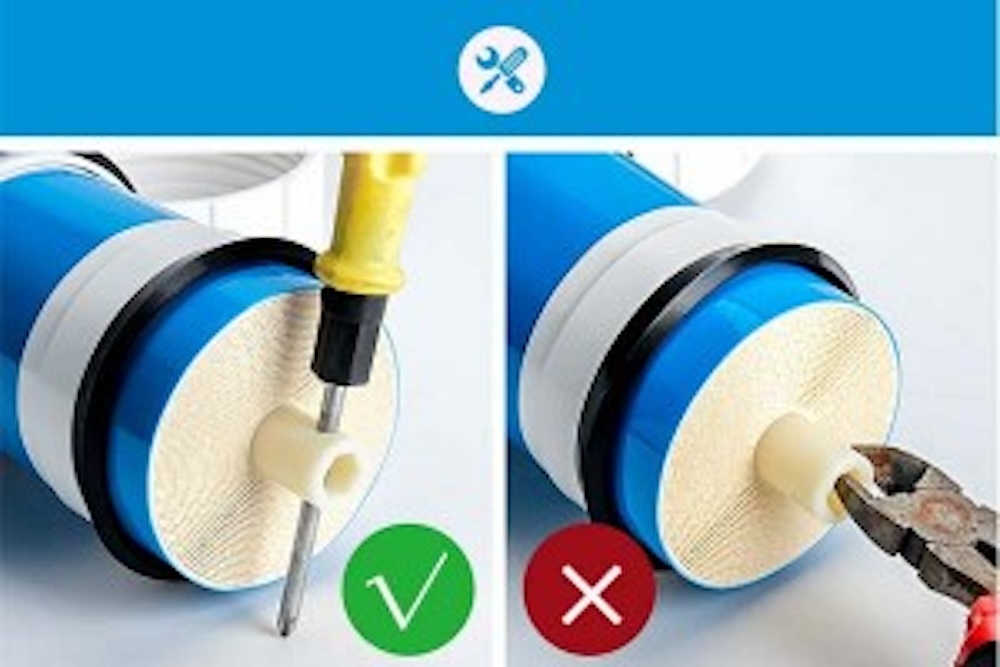
Reason:
- Due to a short circuit in the water pump.
- Because the voltage applied to the water pump is too high, it is not used for the intended purpose.
- Because the water pump operates without water supply for too long, it leads to a burned seal. When the seal is broken, water will enter the electric motor compartment leading to a burned machine.
- Because the water pump’s seal is broken.
- Due to a broken thermal relay, the pump cannot automatically turn off power.
- Because the pump is flooded.
- And there are many other reasons….
Remedies:
- Install the correct voltage for the water pump.
- Do not let the water pump operate for too long without water supply.
- Regularly check the seal to see if it is damaged. If damaged, replace the seal
- Check the thermal relay to see if it is working.
- Note that when the water is flooded, you must remove the water pump to avoid the machine getting into water.
Question : When should I use a booster pump?
Answer: Booster pumps are suitable for families who need to use them without an overhead water tank, or the height is not enough to create pressure. The machine will automatically suck water from the tank and pipes and pump it directly into the device. Depending on your actual needs, you need to use more or less and choose the appropriate capacity
For private or collective buildings, especially hotels, it is also necessary to use a booster pump for the top floor of the building when experiencing low pressure. Refer to the section Booster pumps for household use.
Question: My house is in the central area of Hanoi, but water for daily use is a difficult problem. The house is on the upper floor. If I want to pump water, I have to use a 250w water pump to pump it. no day. Every day it works, just pump it yourself, when it’s full it will turn off automatically and there will be an indicator light. If you can’t pump, the machine won’t run for 5 or 6 hours => it’s too harmful. Now I want to make a temperature sensor. When the machine runs for a long time, due to the friction of the pump impeller with the water in the pump, it will heat up to 60 -> 70 degrees, then the sensor will turn on. 1 relay, as for the relay, you can think about it later. I don’t know anything about electronics, can you help me?
Answer : In my opinion, using a current sensor or a temperature sensor is also not possible. Because:
1) Thermal sensor depends on the environment so it is not effective.
2) The current sensor only applies to motors that are overloaded or have stuck bearings. At that time, the machine cannot run, so the current in the coils increases many times, while the machine is running without load. day has no effect. In my opinion, a mechanical sensor should be installed at the output of the water pump. When the pump is running, the water pressure affects the mechanical sensor, it will control an electronic circuit to help the machine run until the water is full. When the pump is still running but the water cannot rise, the mechanical sensor has no signal. signal, so stop the water pump from running.
Question : My family works in agriculture and aquaculture. Due to work requirements, I currently need to buy a sludge pump. Please advise me on how to buy a good mud pump. Thank you!
Answer: According to the documents, choosing the pressure head of the slurry pump depends greatly on the velocity of the slurry being pumped in the pipe. If the velocity is greater, the pressure head is also greater. When the speed is greater, the required pressure head when pumping mud increases proportionally to the pressure head when pumping water, the pressure increase coefficient can increase up to 20 times the pressure head compared to pumping water. The minimum pressure increase coefficient is 4.
1. What is negative pressure?
To answer the question of what is the negative pressure level, let’s learn about pressure in general.
Negative pressure in has another name is vacuum pressure and a negative pressure gauge is called “negative pressure gauge”.
Negative pressure is also known as vacuum negative pressure. The vacuum pressure is also known as the vacuum level. Negative pressure is calculated in many different types of units such as: Torr, Pa, mBar, mmHg [abs] … this is a measure of the pressure of the amount of matter present in a certain space.
Therefore, vacuum pressure is understood that when a space has a higher vacuum pressure, the amount of matter inside is less. A vacuum pressure of 0 Torr or 0 kPa [abs] is referred to as absolute vacuum or absolute negative pressure – meaning no matter inside.
In physics, pressure (often abbreviated as p or P) is a physical quantity, defined as the force per unit area acting in a direction perpendicular to the surface of an object. In the SI system, the unit of pressure is Newtons per square meter (N/m2), it is called Pascal (Pa) after the 17th century French mathematician and physicist Blaise Pascal. The pressure 1 Pa is very small, it is approximately equal to the pressure of a dollar on the tabletop. Usually pressure is measured with a ratio starting with 1kPa = 1000 Pa.
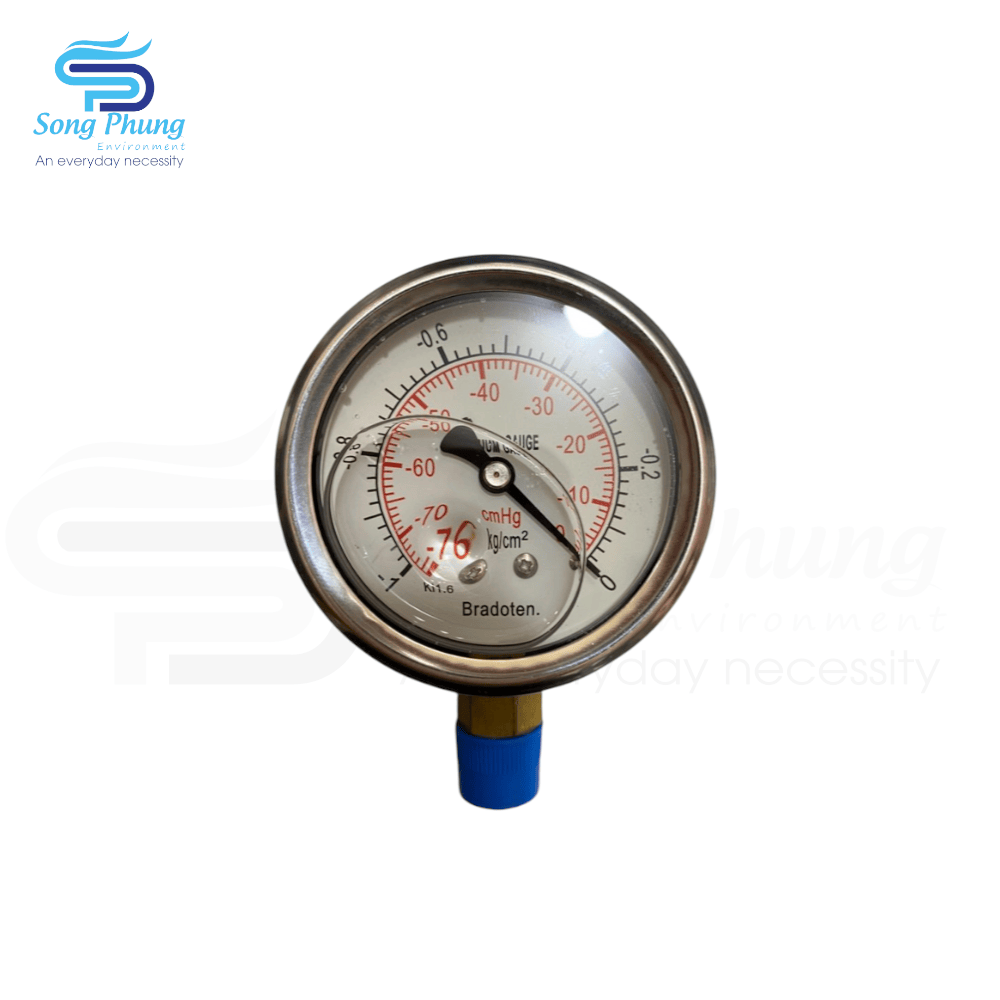
2. Negative pressure measuring device
At present, we often use devices such as vacuum gauge, negative-positive pressure gauge, vacuum barometer, pressure-vacuum meter and suction manometer to measure negative pressure.
They are in the form of gauges for measuring pressure in a vacuum environment. In simpler terms, a negative pressure gauge is used to measure pressure in a non-air atmosphere, the maximum pressure of which is usually 0-bar.
Introducing Jumbo probiotics:
- Probiotics are a powder (or liquid) mixture including strains of bacteria, fungi and enzymes, capable of strong activity in environments containing organic matter such as wastewater and waste. Aerobic probiotics will create a new activated sludge layer or supplement the old activated sludge layer of the microbial tank, increasing the ability to handle pollutant compounds in wastewater.
- Jumbo probiotics (origin: Vietnam) is a mixture of beneficial bacteria strains such as bacillus, lactobacillus, sacharomyces fungi, aspergillus and other decomposing enzymes. Jumbo probiotics have the ability to solve common problems in wastewater treatment systems such as effluent that does not meet discharge standards, poorly functioning microflora, activated sludge that is difficult to settle, and water color. unsatisfactory, bad smell…
Uses of Jumbo G probiotics:
- Limit many sources of diseases in wastewater.
- Treats odors from industrial wastewater, toilets, sewer water, and polluted pond water.
- Clean algae and scum in ponds, lakes, lagoons and lagoons.
- Inhibits the activity of harmful bacteria that exist in water.
- Helps convert organic wastewater into water for plants with high nutrient content.
- Used to decompose waste in toilets or wastewater systems, minimizing costs when renting a suction truck.
- Inoculating new microflora: probiotics are introduced into the start-up phase of the wastewater treatment system to create an activated sludge layer (aerobic sludge and anaerobic sludge) specific to each type of wastewater.
- Renovation and addition: for systems that have been operating due to many different reasons (such as not operating for a long time or the air blowing system and pump have problems) leading to wastewater output that does not meet the requirements . Therefore, the system needs to be supplemented with microorganisms to enhance the ability to treat wastewater in biological tanks.
- Handling suspended residue, color, and difficult-to-decompose organic substances
- Improve poor settling condition in settling tanks: probiotics create activated sludge system with high density, so sludge settling ability will be better
- Handling fat and grease: with the lipase enzyme found in probiotics, this fat is hydrolyzed into simple organic compounds that bacteria can consume.
- Biological pond: reduces BOD, COD, NH3, H2S and odor in biological pond
Instructions for installing the distributor for the filter tank
When you choose to buy an FRP pressure filter tank product from Song Phung Company to install and use yourself, there are some filters and accessories included with the filter tank that you have never installed before, which will be very inconvenient if the technician instructs you to use it. Over the phone for you to install
Distributor installation types usually have 2 main types:
- Top-mount installation is the type of installation where the filter valve is installed directly on the mouth of the filter tank
- Side-mount installation is the type of installation of the filter valve on the side of the filter tank

1. Definition of TDS:
TDS stands for Total Dissolved Solids, which represents the total concentration of dissolved substances in water. TDS is made up of inorganic salts, as well as small amounts of organic matter. Common inorganic salts that can be found in water include calcium, magnesium, potassium and sodium, all of which are cations, and carbonates, nitrates, bicarbonates, chlorides and sulfates, all of which are anions. Cations are ions with a positive charge and anions are ions with a negative charge.
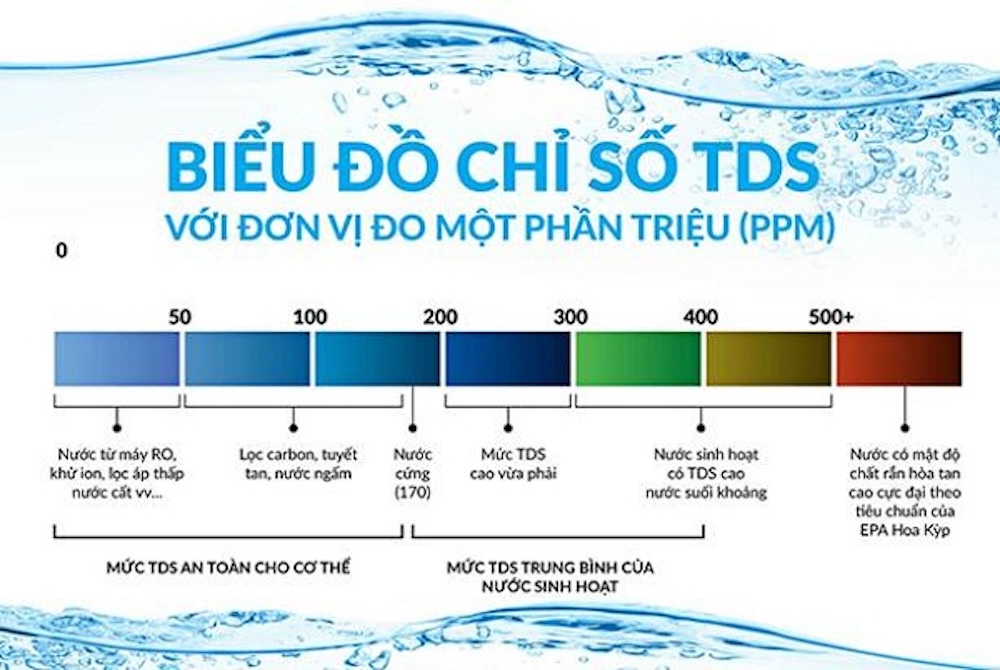
2. What causes high TDS in water?
These minerals can originate from a number of sources, both natural and man-made as a result of human activities. Mineral springs contain water with a high content of dissolved solids, because the water flows over rocks with a high salt content.
These minerals can also come from human activities. Agricultural and urban runoff can carry excess minerals into water sources, as can wastewater, industrial wastewater and salt used to de-ice roads.
1. Definition of pH:
You may have heard the word “pH” used to describe drinking water quality, but do you know what it means?
pH is the measurement of electrically charged particles in a substance. It tells how acidic or alkaline (basic) the substance is. The pH scale ranges from 0 to 14: specifically, acidic water has a pH lower than 7. The most acidic substances have a pH of 0 (Battery acid belongs to this type), Alkaline water has a pH of 8 or higher. The most alkaline substances, such as lye, have a pH of 14. Pure water has a pH of 7 and is considered “neutral” because it is neither acidic nor basic.
2. What pH level is safe for drinking water?
The United States Environmental Protection Agency (EPA) is responsible for monitoring the quality of public drinking water throughout the United States. pH is not a quality covered by EPA regulations because it is considered an aesthetic quality of water. However, the agency recommends that municipal drinking water suppliers keep their water sources at a pH between 6.5 and 8.5, similar to the drinking water pH threshold for Vietnam.
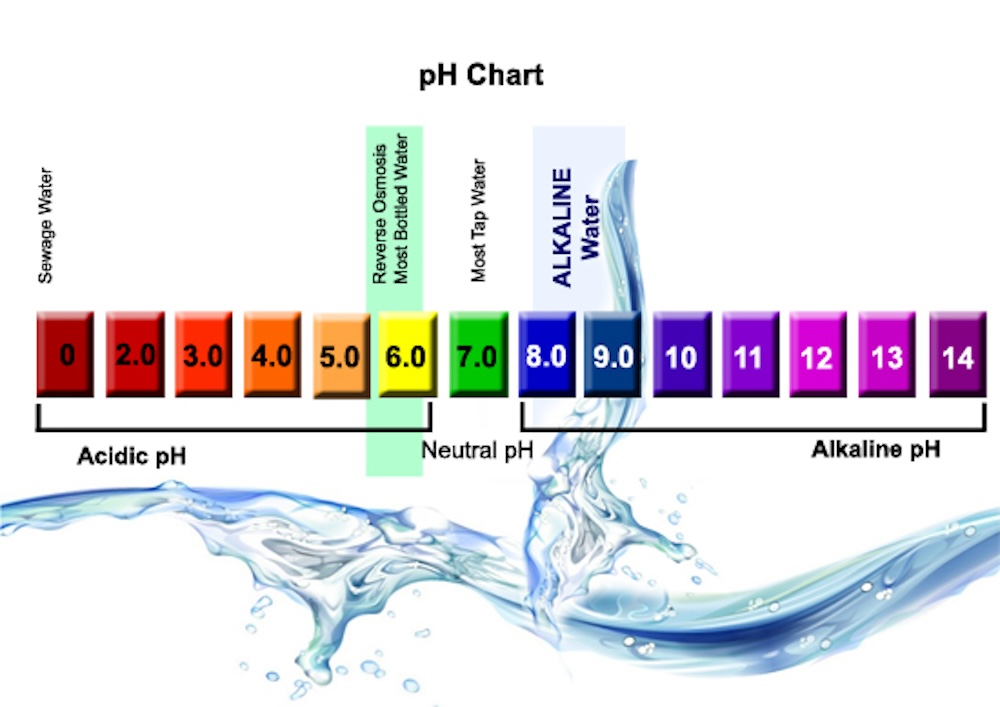
3. What does altered or unsafe pH mean?
The pH of fresh water varies around the world depending on weather patterns, human activities and natural processes. Water with a very low or high pH can be a sign of chemical or heavy metal pollution. Water is not within the “safe” pH range of 6.5 to 8.5; when water is alkaline, it does not mean it is unsafe. However, very alkaline water can have an unpleasant odor or taste, and can damage pipes and water fixtures.
Acidic water with a pH less than 6.5 is more likely to be contaminated with contaminants, making it unsafe to drink. It can also corrode (dissolve) metal pipes.
Many municipal water suppliers voluntarily test the pH of their water to monitor for contaminants, which can be indicated by a changing pH. When contaminants are present, water companies will treat their water to make it safe to drink again.
INSTRUCTIONS FOR CALCULATION OF FILTER MATERIALS – INSTRUCTIONS FOR USING FILTER MATERIAL WORKSHEET OF SONG PHUNG COMPANY
When you choose to buy a pressure filter tank product to install and use yourself, what type of filter material do you need to choose, how much is it, and how do you do it?
Our Filter Material Sheet will help you solve those problems
1. What is filter material?
Filter media is part of the filtration system to separate unwanted particles from the solution to be filtered. The type of material chosen to use in the filter tank depends on the quality of the input solution and the quality requirements of the output solution.
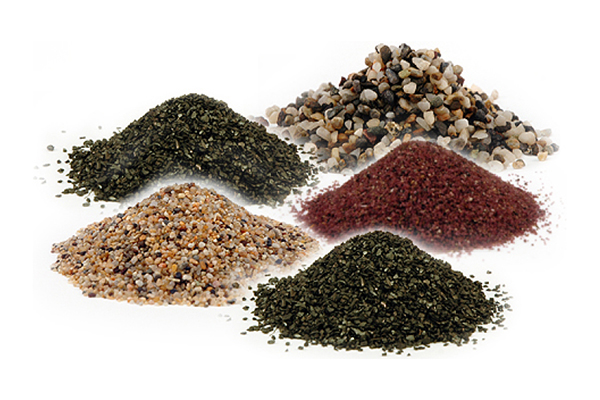
2. Types of filter materials
In general, filter materials are very diverse, each type plays a certain role in the filtration process. We list some common types of filter materials as follows to include in the worksheet:
- Filter Gravel
- Quartz sand
- Anthracite coal
- Activated carbon
- Iron/manganese/As reducing material
- ODM granules/multi-purpose filter material
Ion exchange resin
How to maintain an efficient RO system?
During the use of the RO (reverse osmosis) filtration system, the membrane will become contaminated and accumulate residue. If not cleaned for a long time, it will affect the life of the RO membrane. Therefore, when we use the RO system, we must regularly check, clean, and maintain the reverse osmosis system properly.
How often is the reverse osmosis filtration system cleaned?
There is no unified standard for the cleaning time of a reverse osmosis system, but when the following cases occur in our reverse osmosis system, we need to proceed with cleaning the membrane of the osmosis system reverse:
1. Standard permeate flow rate (finished water flow) is reduced by 10% to 15%.
2. The pressure differential of the standard system is increased by 10% to 15%.
3. The desalination rate of the standard system decreases by 1% to 2% or the salt content in the permeate water increases significantly.
4. Contamination or scaling has been confirmed.
How to choose a cleaning chemical for a reverse osmosis system?
Reverse osmosis system removes impurities such as bacteria and viruses in water through the reverse osmosis principle of membrane filtration under pressure to meet different water needs. When the device operates for a certain period of time, the filter membrane will become contaminated, and the reverse osmosis membrane needs to be treated with cleaning chemicals.
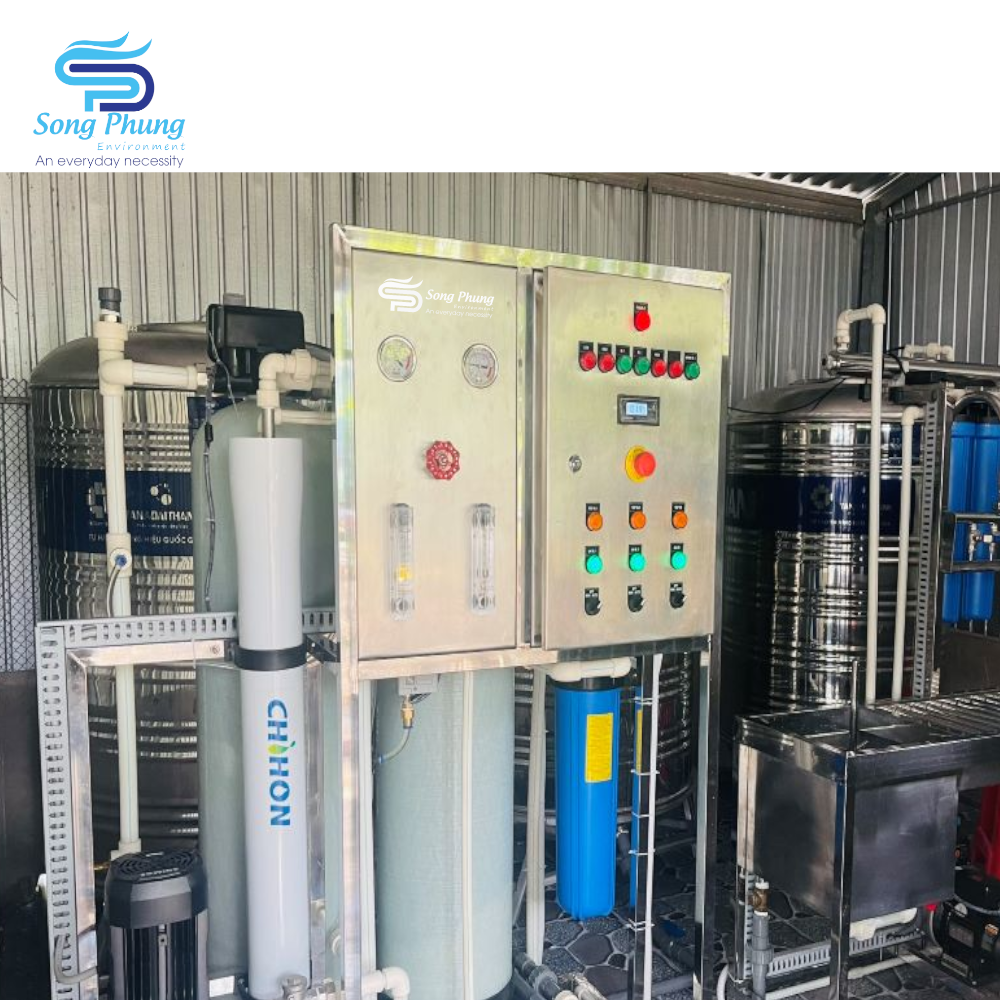
Due to different pollution situations, the type of detergent must be selected according to the quality of input water. Another method is to take out one or two membranes to test the cleanliness to find the most suitable detergent from which the most suitable cleaning chemical can be selected to ensure cleaning effectiveness. Reverse osmosis equipment can not only be used alone but can also be combined with other equipment to create ultra-pure water, high purity water, etc. to meet the water needs of other industries. together.
Is high RO recovery rate good? How much adjustment is reasonable for this ratio?
Is the recovery rate of a reverse osmosis membrane system as high as possible?
Reverse osmosis technology is the highest technology among human-owned water production technologies today, with almost 100% cleanliness. The reverse osmosis element is used to improve the purity of water and remove impurities and salts present in the water.
When using reverse osmosis membranes for raw water treatment, the recovery rate of the membrane system, as an important performance index, often receives great attention. High recovery rate means strong water output capacity, water saving, electricity saving, leading to cost savings.
So is the higher the recovery rate of a reverse osmosis membrane system, the better?
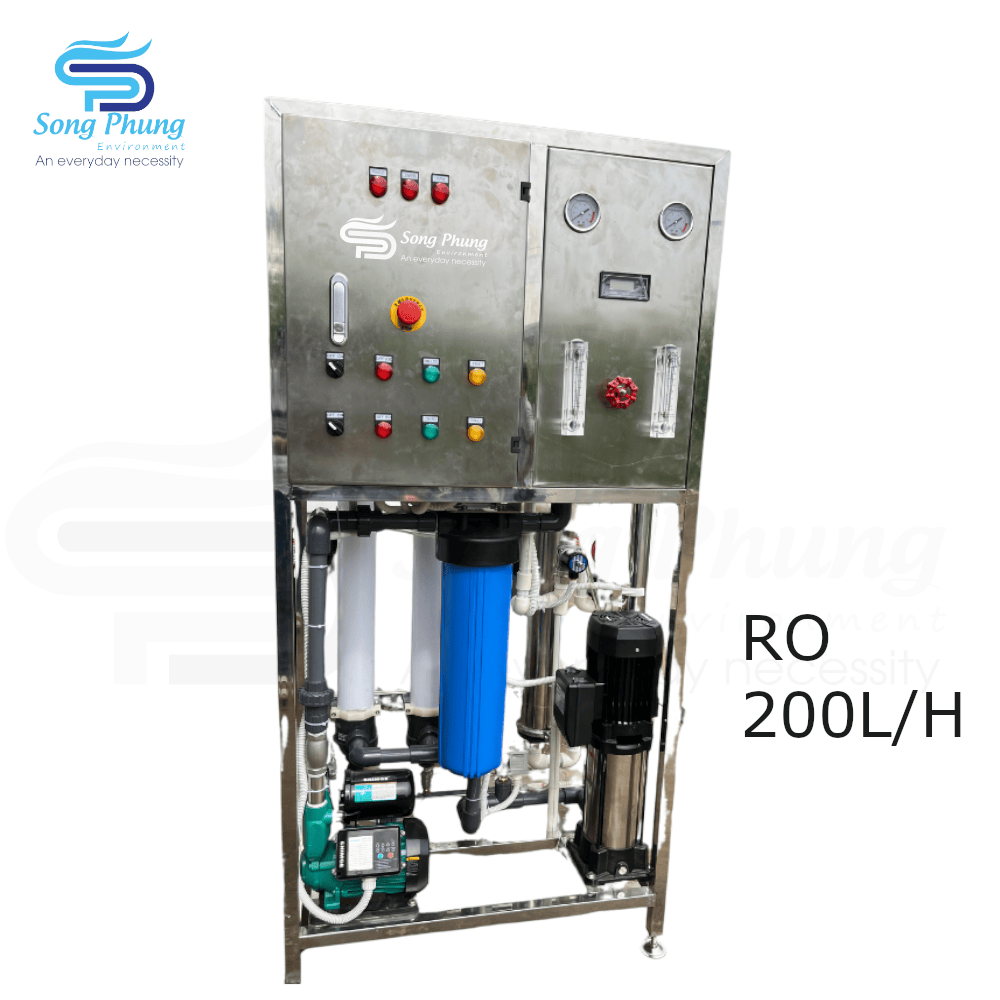
1. What is the recovery rate of reverse osmosis membrane system?
Recovery rate refers to the percentage of input water in the membrane system that is converted into finished water. The recovery rate of the system is affected by many factors such as input water quality, number of membranes and arrangement of RO membranes according to the original design. Small-scale reverse osmosis equipment has a small number of membranes and a short water supply process, so the system recovery rate is generally low. Due to the large number of combined RO membranes and the use of RO shells containing multiple membranes, the water supply process into each membrane shell is longer, then the actual system recovery rate is generally over 75%, and sometimes even reaching 90%.
Instructions for installing top-mount and side-mount distributor with 6-inch mouth for FRP filter tank Song Phung Company
When you choose to buy an FRP pressure filter tank product from Song Phung Company to install and use yourself, there are some filters and accessories included with the filter tank that you have never installed before, which will be very inconvenient if the technician instructs you to use it yourself. Over the phone for you to install
Our following guide will help you solve those problems
1. What is the top-mount distributor installation type for 6-inch tank?
Top-mount installation type is the type of installation where the filter valve is installed directly on the mouth of the filter tank, for example as shown below:
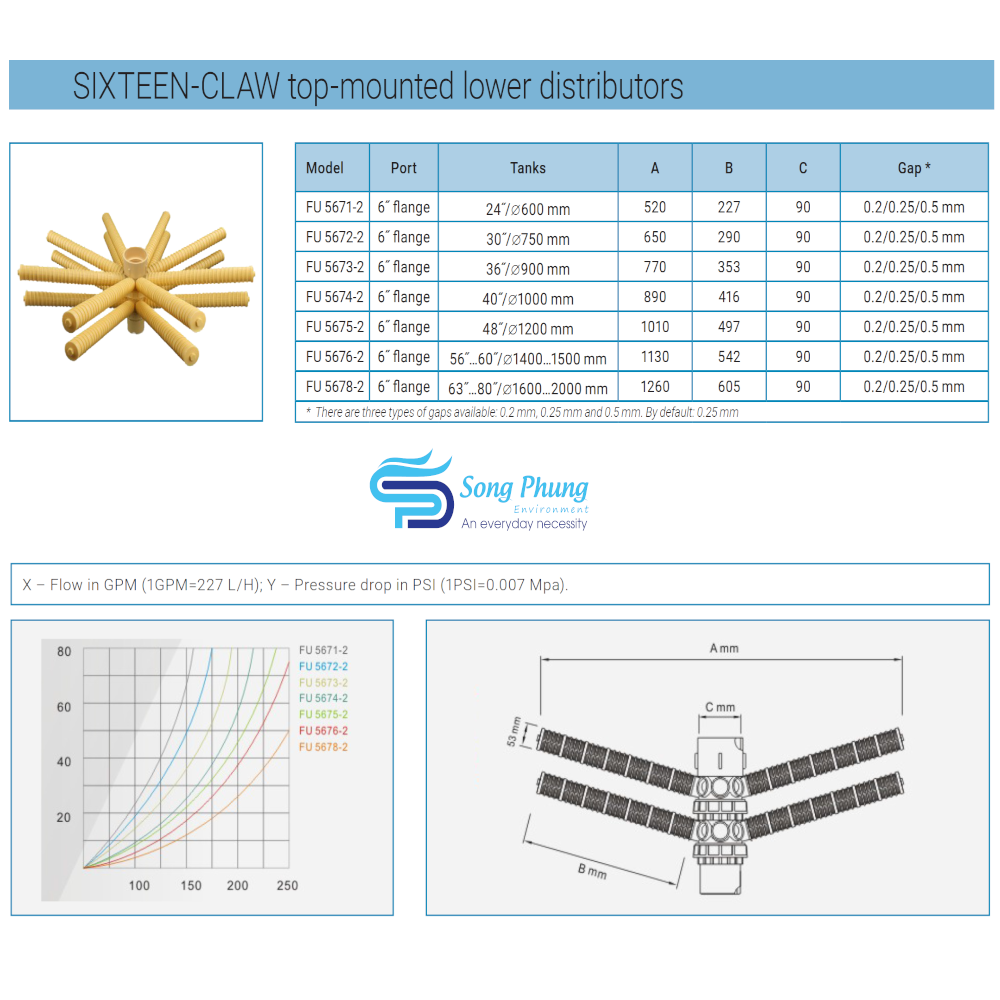
4 reasons RO systems filter home drinking water better than bottled drinking water
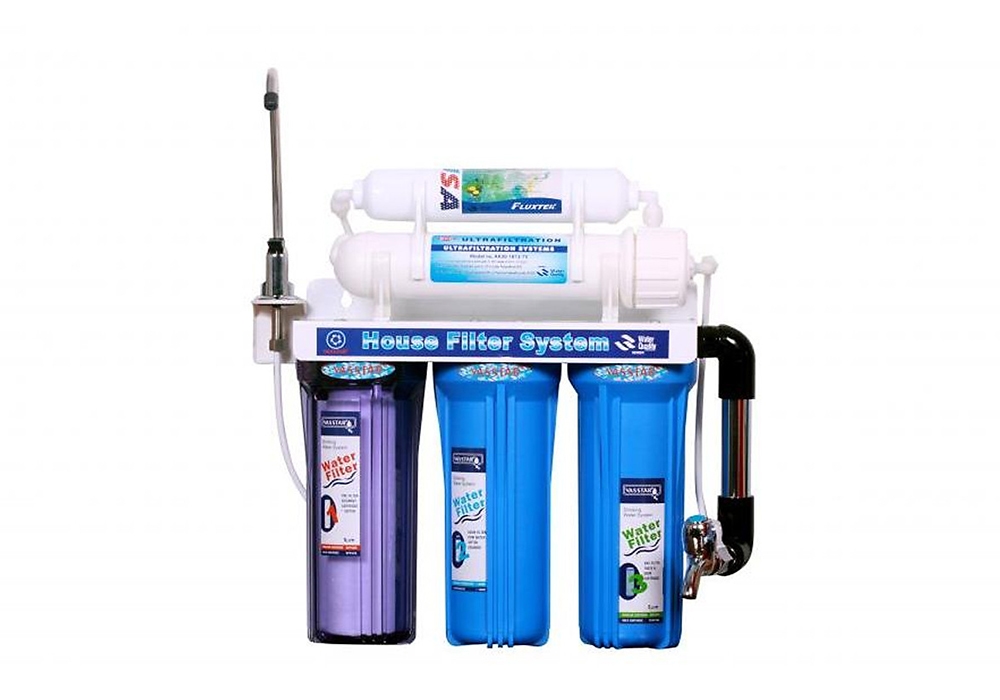
When it comes to drinking water, people look for fresh, clean water that doesn’t leave an aftertaste or odor, so they use commercially available bottled water. Today’s society demands excellence and safety. People want high-quality products without having to wait, without high costs from their bank accounts, and without a negative impact on the environment. While bottled water often provides the clean taste people desire, many people don’t realize that they can get the same – or even better – water quality right from their tap and for free. high financial and environmental costs.
As bottled water sales continue to increase, it’s clear that people are unaware that some bottled water is just filtered tap water – the same tap water they might run in the shower at home. While some types of bottled water can suffer from the hype, most homeowners can achieve similar taste and quality of bottled water by installing a home water system. Installing the right drinking water system for your home is a wise investment that will make a difference in the quality of your drinking water. Keep reading to learn 4 benefits of installing a drinking water filtration system:
1. Invest more profitably – Save more money!
Many people want to buy bottled water because they don’t like their tap water for one reason or another, including the safety of the water for drinking and maintenance concerns due to not knowing how.
Bag filtration is a versatile and cost-effective way to filter large volumes of water at high flow rates. Bag water filters are ideal for industrial applications, brewing, pre-filtration, etc. These high capacity systems can process 90 – 2,400 gallons of water per minute (20m3/h – 545m3/h). They are great for reducing the amount of silt, sand, dirt, and other sediments in your water. This month we’ve launched a range of new products – single-bag filter pods, multi-bag filter pods and replacement filter bags – so let’s look at bag-filtered water treatment in more detail.
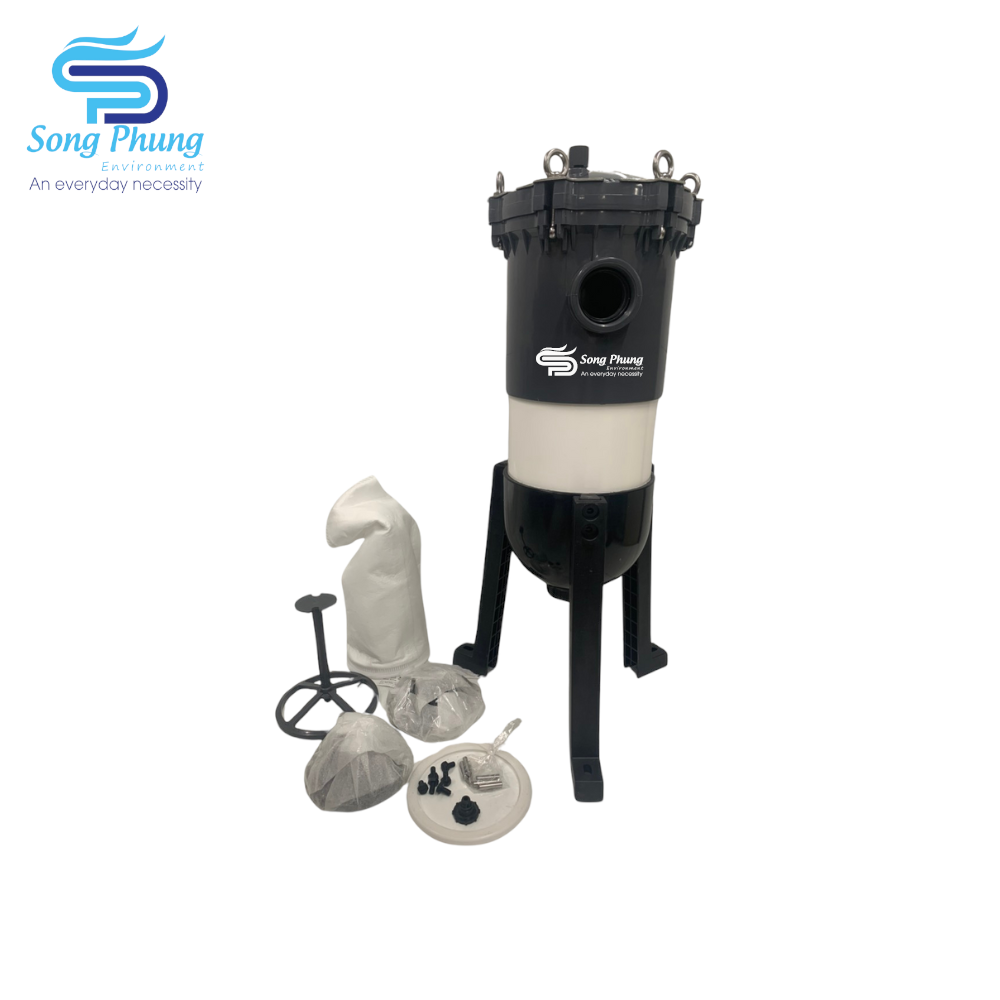
Maybe your water at home tastes ok, but you sometimes smell rotten eggs when you turn on the faucet. Whether it’s an unpleasant odor, a strange taste, itchy skin, water spots or soap scum buildup, you may have come to the conclusion that you need some type of water treatment device to make your water safe to drink. more complete.
Choosing a water treatment system is a process that involves long-term research and training to make an informed decision about what is needed and the best system for a given purpose. Before delving into the details of the process, it is best for consumers to educate themselves about the quality of the drinking water provided to their home or business. It will help your home to determine which contaminants need to be removed from water based on the necessary basic knowledge.
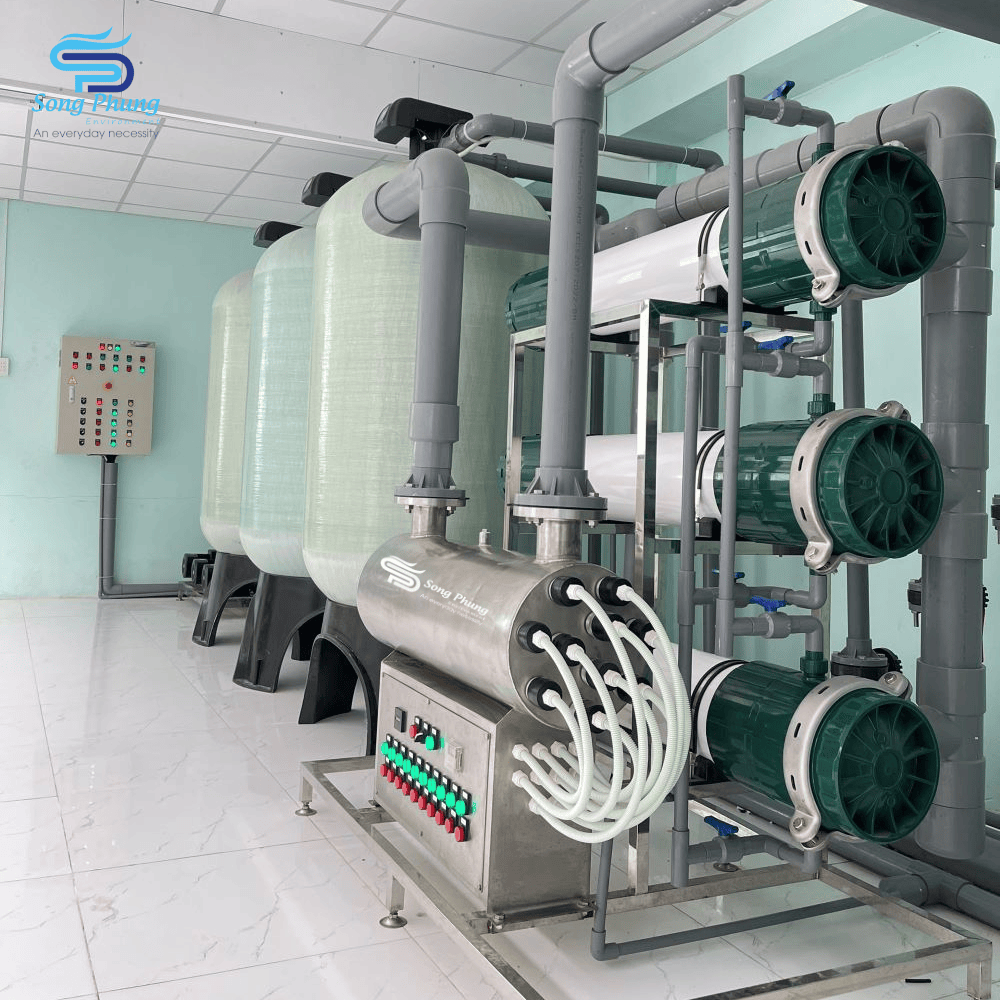
Common water treatment technologies:
Drinking water treatment systems use a number of available technologies, each focusing on its own contaminant and producing a specific result. Below is a simple outline to shape your choice of basic water treatment technology
You’re fed up with the unpleasant smell or taste of the tap water in your home, but you don’t want to keep buying bottled water and you don’t have to remember to keep one of those water tanks full.
Wouldn’t it be convenient if you could get pure drinking water right from the tap? More and more homeowners are installing reverse osmosis RO filtration systems to conveniently and cost-effectively improve drinking water quality. However, if you are not familiar with reverse osmosis (R.O) drinking water systems, you may have questions that cannot always be answered by a sales person.
Here are 15 answers to help you understand how R.O. The system provides unique solutions to household drinking water problems.
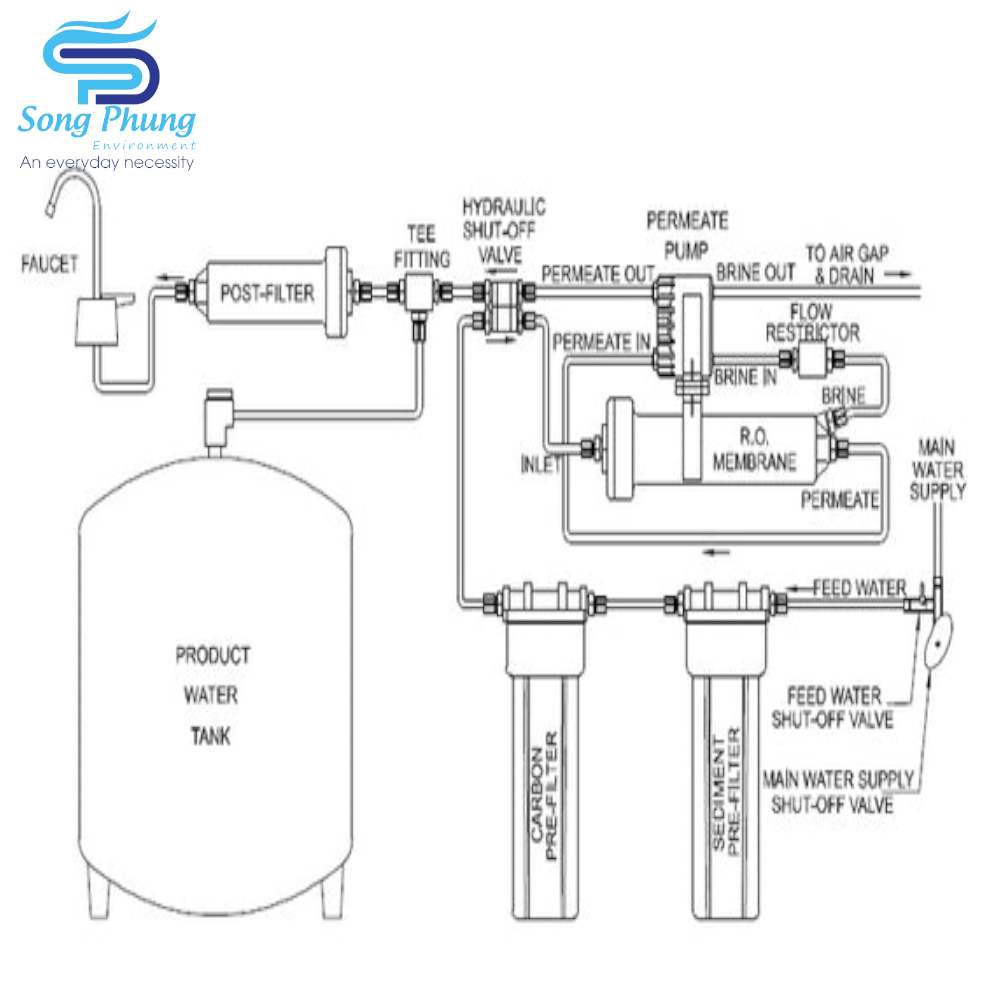
1. What is a reverse osmosis system and how does it work?
Reverse osmosis is a water treatment process that takes clean water and filters out impurities by forcing the solution through a semi-permeable membrane, creating clean, refreshing drinking water.
Reverse osmosis systems go through a series of steps before being stored for use. There is carbon filtration before and after the water is forced through the membrane. There is also a pressure tank containing filtered water and a drinking water tap for mixing
2. What does the reverse osmosis RO filtration system remove?
Semi-permeable membrane in R.O machine. system allows water molecules to move through the pores, but it prevents other molecules from passing through, including sodium that your home water softener may have added to remove calcium and magnesium through ion exchange.
Reverse osmosis is also an effective way to filter out potentially harmful contaminants including:
Lead
Arsenic (arsenic)
Copper
Nitrate and Nitrite
Chromium
Fluoride
Radium
Barium
Cadmium
Cyst (cryptosporidium)
Total Dissolved Solids (TDS)
Salinity
Bacteria
Carbon pre-filtration also removes residual chlorine, which can be added by your city water company and can make drinking water taste like swimming pool water.
10 amazing benefits of mineral alkaline water
Every day, our bodies try to maintain a balance between acid and alkalinity. Stress, poor sleep, an unbalanced diet, alcohol, tobacco and lack of exercise all cause acidity and force the body to work harder to maintain health.
When our body doesn’t get enough nutrients, it takes minerals and vitamins from bones, organs and tissues to neutralize acids. As a result, the immune system is weakened and is more exposed to disease.
Luckily, the easiest way to maintain a healthy alkaline balance is to drink mineral alkaline water. Some health benefits of drinking alkaline water include:
Balance pH
Strengthens the immune system
Prevent disease development
In this blog post, we have compiled a list of 10 amazing benefits of drinking mineral alkaline water. Let’s demystify the difference between pH and alkalinity. Although these two terms are often used interchangeably, they have very different meanings.
pH stands for potential energy of hydrogen. In other words, pH is a value that measures how alkaline or acidic a solution is. The pH scale ranges from 0 (highly acidic) to 14.0 (highly alkaline), with 7.0 being neutral (neither acidic nor alkaline). The optimal pH for water is from 8.0 – 9.5.
On the other hand, alkalinity is the ability of a solution to resist changes in pH. You can find a more in-depth explanation and precise definition of alkalinity, alkalinity, and pH here.
What is a brine tank?
A brine tank is a place where a high concentration of sodium salt or potassium salt solution is stored. This salt water solution cleans the ion exchange resin beads in the water softener tank and restores its ability to work as before. The brine tank must be periodically replenished with salt or potassium tablets
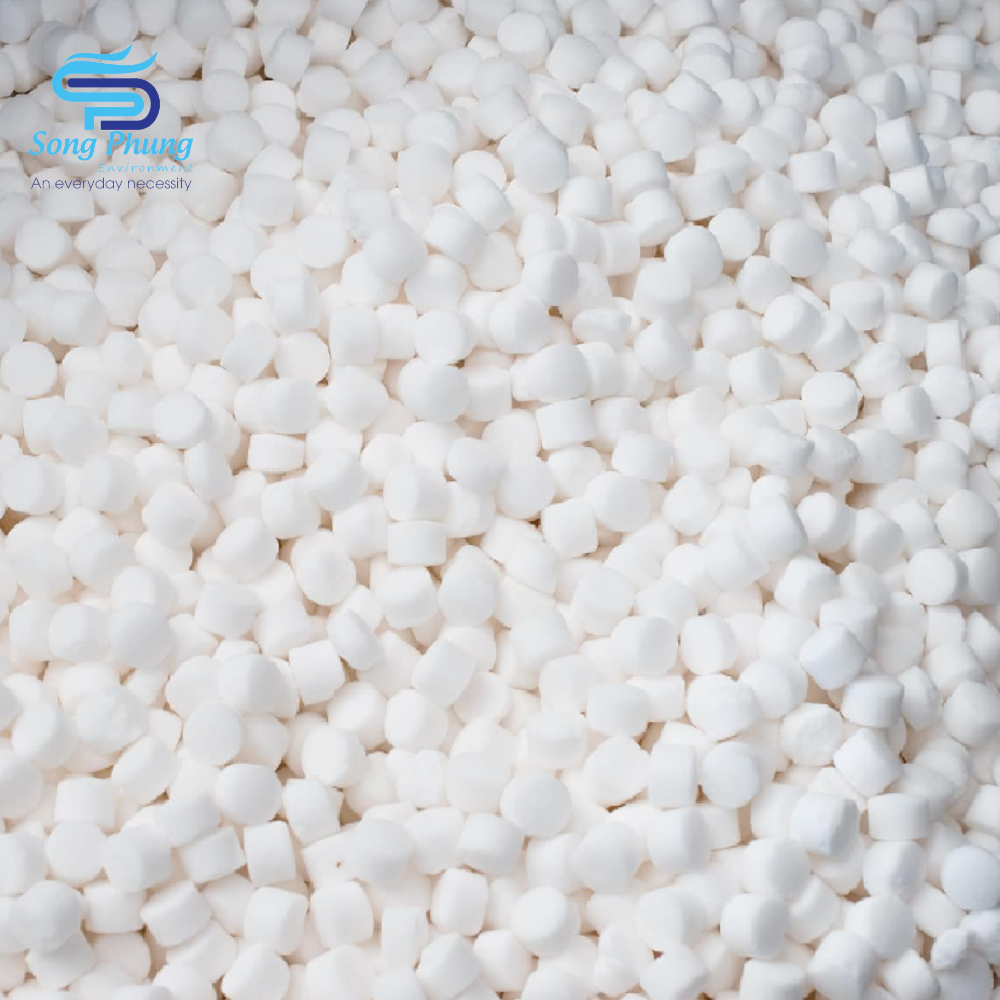
Purpose of installing brine tank (salt mixing)
The brine tank helps to dissolve the salt in the best way, and at the same time helps clean water returned to the salt tank from overflowing because there is a float valve to prevent it.
Difference between pH and alkalinity
Although “alkalinity, alkalinity, and pH” are related, they all indicate different things. This article will clarify the meaning of these words and will shed light on what it means to maintain optimal balance to provide our body with health, energy and vitality.

What is the difference between alkalinity and pH?
Alkalinity is defined as the ability to resist changes in pH in a solution. It is measured by the concentration of bicarbonate (CaCO3) in solution. On the other hand, pH stands for “potential hydrogen” and is measured by the concentration of hydrogen (H2, which is an acid) in solution.
The pH scale is used to measure how acidic or basic a solution is. The pH scale ranges from 0 to 14:
- A pH below 7 indicates the solution is acidic, with 1 indicating the solution is highly acidic
- A pH of 7 indicates a neutral solution, neither acidic nor basic
- A pH higher than 7 indicates a basic solution, while 14 indicates a highly basic solution
How to choose the best filter mesh
One of the important factors when purchasing strainers or trash screens is to specify the size of the strainer’s slots or slits. A filter screen (often referred to as a filter screen) is a mechanical filter that retains particles that are too large to pass through, while allowing the filtrate (liquid or gas) to pass through a smoothly. By cleaning flowing filter media, screens contribute to the protection of expensive downstream equipment such as pumps, gauges, nozzles, compressors and turbines.
Determine the appropriate filter slot size
In general, the filter opening should be half the diameter of the largest allowable particle. The largest allowable particle is defined as the particle size that can pass through downstream equipment without causing damage. For example, if the maximum allowed particle is 2mm then the filter slot will be specified as 1mm. In addition to the size of the residue particles in the filter medium, the amount of debris in the flow medium must also be considered when determining the appropriate opening size.
Screens can only be used to remove insoluble floating impurities or suspended solids. The most common particle retention range is from 1 inch to 40 microns (0.0015 inches). A good filter should always be installed before pumps and other expensive downstream equipment to help ensure proper protection and trouble-free operation. This is even true for pipes to protect against scale and accidentally introduced items such as: construction tools, washers, nuts or bolts.
A common mistake is that the filter mesh has an opening that is too small for the application. This can lead to filtering overload and should be avoided for the following reasons:



